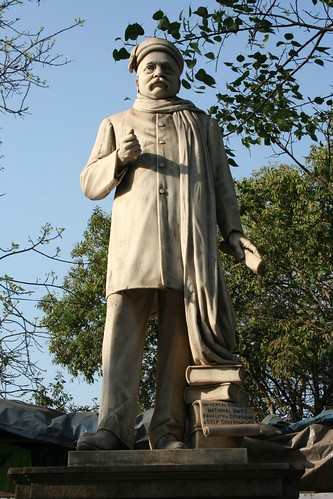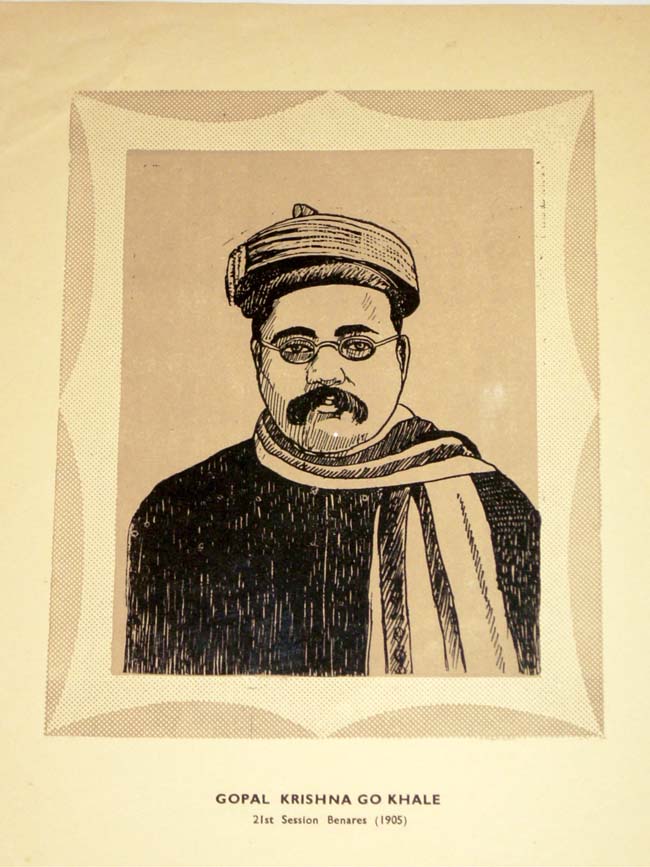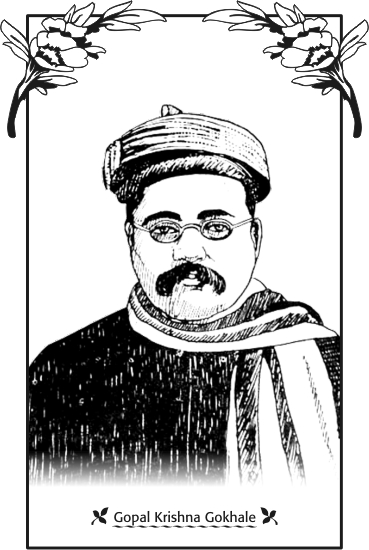skip to main |
skip to sidebar


 Born in a well-cultured Brahim family on July 23, 1856 in Ratangari, Maharashtra, Bal Gangadhar Tilak was a multifacet personality. He is considered to be the ‘Father of Indian Unrest’. He was a scholar of Indian history, Sanskrit, mathematics, astronomy and Hinduism. He had imbibed values, cultures and intelligence from his father Gangadhar Ramchandra Tilak who was a Sanskrit scholar and a famous teacher. At the age of 10, Bal Gangadhar went to Pune with his family as his father was transferred. In Pune, he was educated in an Anglo-Vernacular school. After some years he lost his mother and at the age of 16 his father too he got married to a 10-year-old girl named Satyabhama while he was studying in Matriculation. In 1877, Tilak completed his studies and continued with studying Law.
Born in a well-cultured Brahim family on July 23, 1856 in Ratangari, Maharashtra, Bal Gangadhar Tilak was a multifacet personality. He is considered to be the ‘Father of Indian Unrest’. He was a scholar of Indian history, Sanskrit, mathematics, astronomy and Hinduism. He had imbibed values, cultures and intelligence from his father Gangadhar Ramchandra Tilak who was a Sanskrit scholar and a famous teacher. At the age of 10, Bal Gangadhar went to Pune with his family as his father was transferred. In Pune, he was educated in an Anglo-Vernacular school. After some years he lost his mother and at the age of 16 his father too he got married to a 10-year-old girl named Satyabhama while he was studying in Matriculation. In 1877, Tilak completed his studies and continued with studying Law.
With an aim to impart teachings about Indian culture and national ideals to India’s youth, Tilak along with Agarkar and Vishnushstry founded the ‘Deccan Education Society’. Soon after that Tilak started two weeklies, ‘Kesari’ and ‘Marathi’ to highlight plight of Indians. He also started the celebrations of Ganapati Festival and Shivaji Jayanti to bring people close together and join the nationalist movement against British. In fighting for people’s cause, twice he was sentenced to imprisonment. He launched Swadeshi Movenment and believed that ‘Swaraj is my birth right and I shall have it’. This quote inspired millions of Indians to join the freedom struggle. With the goal of Swaraj, he also built ‘Home Rule League’. Tilak constantly traveled across the country to inspire and convince people to believe in Swaraj and fight for freedom. He was constantly fighting against injustice and one sad day on August 1, 1920, he died.
Bal Gangadhar Tilak was one of the prime architects of modern India and is still living in the hearts of millions of India.
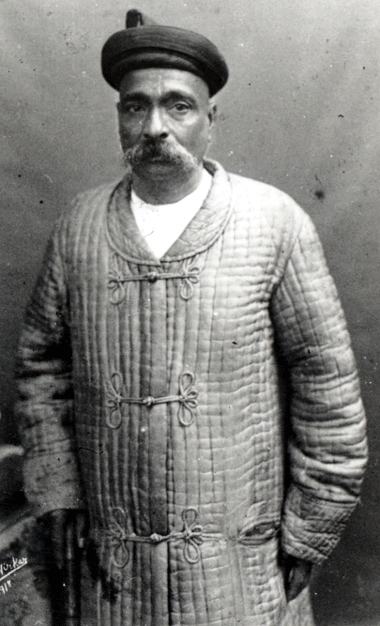

 Dr. Rajendra Prasad (December 3, 1884 – February 28, 1963) was the first President of India.
Dr. Rajendra Prasad (December 3, 1884 – February 28, 1963) was the first President of India.
Rajendra Prasad was a independence activist and, as a leader of the Congress Party, played a prominent role in the Indian Independence Movement. He served as President of the Constituent Assembly that drafted the constitution of the Republic from 1948 to 1950. He had also served as a Cabinet Minister briefly in the first Government of Independent India.
Prasad was born in Zeradei, in the Siwan district of Bihar near Patna. His father, Mahadev Sahai, was a Persian and Sanskrit language scholar; his mother, Kamleshwari Devi, was a devout lady who would tell stories from the Ramayana to her son. At the age of five, the young Rajendra Prasad was sent to a Maulavi for learning Persian. After that he was sent to Chhapra Zilla School for further primary studies. He was married at the age of 12 to Rajvanshi Devi. He then went on to study at R.K. Ghosh's Academy in Patna to be with his elder brother Mahendra Prasad. Soon afterward, however, he rejoined the Chhapra Zilla School, and it was from there that he passed the entrance examination of Calcutta University, at the age of 18. He stood first in the first division of that examination. He joined the Presidency College in 1902. His dauntless determination towards the service of nation inspired students like Bihar Kesari Dr. Sri Krishna Sinha and Bihar Bibhuti Dr. Anugrah Narayan Sinha who came under his tutelage. He passed in 1915 with a Gold medal in Masters in Law examination with honors. He went on to complete his Doctorate in Law.
 He was drawn into the Indian freedom struggle soon after starting his career as a lawyer. During one of the fact-finding missions at Champaran, Mahatma Gandhi asked him to come with volunteers. Rajendra Prasad was greatly moved by the dedication, courage, and conviction of Mahatma Gandhi and he quit as a Senator of the University in 1921. He also responded to the call by the Mahatma to boycott Western education by asking his son Mrityunjaya Prasad, a brilliant student to drop out of the University and enroll himself in Bihar Vidyapeeth, an institution he had along with his colleagues founded on the traditional Indian model. He wrote articles for Searchlight and the Desh and collected funds for these papers. He toured a lot, explaining, lecturing and exhorting. He took active role in helping the affected people during the 1914 floods that raged in Bihar and Bengal. When the earthquake of Bihar occurred on January 15, 1934, Rajendra Prasad was in jail.During that period, he gave the entire responsibility on his behalf to his close colleague and eminent Gandhian Dr. Anugrah Narayan Sinha. He was released two days later. He set himself for the task of raising funds. The Viceroy had also raised a fund. However, while Rajendra Prasad's fund collected over 38 Lakhs (Rs. 3,800,000), three times of what the Viceroy could manage. During the 1935 Quetta earthquake, when he was not allowed to leave the country, he set up relief committees in Sindh and Punjab.
He was drawn into the Indian freedom struggle soon after starting his career as a lawyer. During one of the fact-finding missions at Champaran, Mahatma Gandhi asked him to come with volunteers. Rajendra Prasad was greatly moved by the dedication, courage, and conviction of Mahatma Gandhi and he quit as a Senator of the University in 1921. He also responded to the call by the Mahatma to boycott Western education by asking his son Mrityunjaya Prasad, a brilliant student to drop out of the University and enroll himself in Bihar Vidyapeeth, an institution he had along with his colleagues founded on the traditional Indian model. He wrote articles for Searchlight and the Desh and collected funds for these papers. He toured a lot, explaining, lecturing and exhorting. He took active role in helping the affected people during the 1914 floods that raged in Bihar and Bengal. When the earthquake of Bihar occurred on January 15, 1934, Rajendra Prasad was in jail.During that period, he gave the entire responsibility on his behalf to his close colleague and eminent Gandhian Dr. Anugrah Narayan Sinha. He was released two days later. He set himself for the task of raising funds. The Viceroy had also raised a fund. However, while Rajendra Prasad's fund collected over 38 Lakhs (Rs. 3,800,000), three times of what the Viceroy could manage. During the 1935 Quetta earthquake, when he was not allowed to leave the country, he set up relief committees in Sindh and Punjab.
He was elected as the President of Indian National Congress during the Bombay session in October 1934. He again became the President when Netaji Subhash Chandra Bose resigned in 1939.
After India became independent he was elected the President of India. As the first President, he was indepedent and unwilling to allow the Prime Minister or the party to usurp his constitutional prerogatives. However, following the tussle over the enactment of the Hindu Code Bill, he moderated his stance. He set several important precedents for later Presidents to follow.
His sister Bhagwati Devi died on the night of 25 January 1960, a day before the Republic Day of India. She doted on her dearly-loved younger brother. It was only on return from the parade that he set about the task of cremation. In 1962, after 12 years as President, he announced his decision to retire. He was subsequently awarded the Bharat Ratna, the nation's highest civilian award.
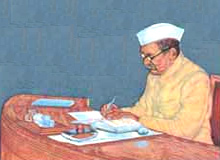


Known as C.R. or 'Rajaji' to millions, Chakravarti Rajagopalachari was close to Gandhiji. In fact Gandhiji referred to him as, "the keeper of my conscience". A stalwart who imbibed Gandhiji's ideology and practised it privately, and publicly, he worked for the Congress Party for more than half a century. Same Rajaji, fell out of Congress, formed his own 'Swatantra' Party, because he was more than convinced that the ruling Congress had totally deserted Gandhi's principles and was turning 'despotic'. He symbolizes the disillusionment, the close associates of Gandhi witnessed two decades after gaining independence.
Chakravarti Rajagopalachari was born on 10th December 1878 in Thorapalli village of Salem District, Tamilnadu. He was popularly known as C.R. or `Rajaji`. His parents were Venkataraya Iyengar and Singaramma. He received his primary education in Honsur. After that he moved to Karnataka and graduated from Central College of Bangalore. In these days he displayed his ability in politics. He was given the title Gandhi of South India. He obtained a degree in law and started working as an advocate. He was very interested in literature. Later he established himself as an eminent writer in Tamil and English.
Chakravarti Rajagopalachari served as the Chairman of Municipal Council of Salem. During this time he launched a campaign against caste system, and drinking of alcohol. Afterwards he entered into national politics. In 1906 he joined the Surat session of the Indian national Congress. Chakravarti Rajagopalachari was initially the follower of extremist Lokamanya Tilak. During the separation of Indian national Congress he joined the group of extremist and started working with Lokamanya Tilak and Dr. Annie Besant. After few days he started following Gandhiji`s view. He was the member of the Congress Working Committee from 1919 to 1942. In 1921 he became the General Secretary of the Indian national Congress. At that time Chakravarti Rajagopalachari established an intimate relationship with Jawaharlal Nehru, Vallabhbhai Patel, Maulana Azad, Anugrah Narayan Sinha, Rajendra Prasad.Within a short time he became one of the top leaders of the party. In his autobiography Nehru described about Rajaji, "brilliant intellect, selfless character, and penetrating powers of analysis have been a tremendous asset to our cause". Nehru also said, "Rajaji represents fundamentally the highest type of mind in India."
In 1932 Chakravarti Rajagopalachari was the acting President of Congress Party and played a crucial role in the Poona Pact with Ambedkar. During the time of provincial election he showed his organizational skill which led congress to get the majority. He actively took part in the Dandi March and inspired the `Satyagrahis`. He was imprisoned by the British Goverment as `Satyagrahi` for five times. During this time he wrote several books He was also the editor of `Young India` during Gandhiji`s incarceration. Chakravarti Rajagopalachari was appointed as the provincial leader of Madras after his jail-term. After Gandhi-Irwin pact and Government of India Act in the year 1935, he served as the premier of Madras Presidency.He also contributed a lot for social reformation. He brought Agriculturists` Debt Relief Act to save the poor debt ridden farmer from the grasp of landlord .For the first time the idea of sales tax was introduced by Rajaji.
Chakravarti Rajagopalachari was selected as the member of the Governor`s Council in 1946.In the interim Government he served as the minister of Education and Arts .He also held the post of Industries and Supply minister and Finance ministerAfter independence he was appointed as the Governor-General of India and served in this post for next three years. Chakravarti Rajagopalachari served as the Home minister of Nehru`s Cabinet. He became the chief minister of Madras in 1952. For the ideological differences with the congress men Chakravarti Rajagopalachari formed the `Swatantra` Party.
He protested against the license-permit Raj. He also criticized the formation of linguistic states and wanted to retain English language as Official language of India. Apart from political career Chakravarti Rajagopalachari was also a well-known writer.He translated the two great epics Ramayana and Mahabharata from Sanskrit to Tamil; and later into English. Chakravarti Rajagopalachari also translated the Upanishada, Bhaja and The Tirukkural-an ancient piece of Tamil literature into English. His interpreted Hinduism, Bhagavad-Gita and Indian Culture in his famous book Hinduism - Doctrine and Way of Life. He also penned some poems, novels and short stories. He was also a great humanist.
Gandhiji praised him as, "the keeper of my conscience". Chakravarti Rajagopalachari was awarded the Bharat Ratna by Indian Government.He breathed his last in 1972 after a short illness.













